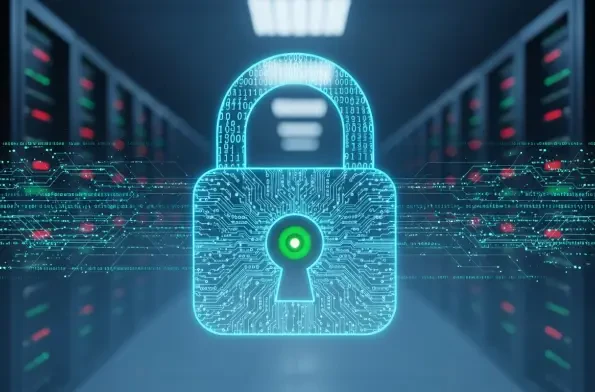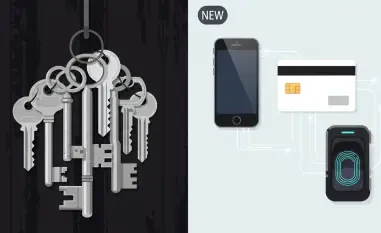Today, we’re thrilled to sit down with Malik Haidar, a renowned cybersecurity expert with years of experience safeguarding multinational corporations from digital threats and hackers. With a deep background in analytics, intelligence, and security, Malik has a unique perspective on blending business needs with robust cybersecurity strategies. In this conversation, we dive into the often-overlooked vulnerabilities of project management tools, the real risks businesses face, and how advanced solutions can protect critical data. From human errors to cyber threats, Malik shares his insights on securing project workflows in an increasingly digital world.
How integral are project management tools to the operations of modern businesses, based on your experience working with large organizations?
Project management tools have become the backbone of operations for most businesses today, especially in multinational corporations where I’ve spent much of my career. These platforms streamline collaboration, track progress, and store critical data like project timelines and resource allocation. I’ve seen teams rely on them for everything from daily task management to long-term strategic planning. Without them, coordinating across departments or time zones would be a logistical nightmare. But with that reliance comes a huge responsibility to protect the data housed in these tools, as they often contain sensitive business insights that can’t afford to be lost or compromised.
What types of data do you see most commonly stored in these platforms, and why is it so vital to safeguard them?
In my experience, these tools hold a wide range of data—everything from project deadlines and task assignments to client details, financial projections, and internal performance metrics. This isn’t just operational data; it’s often a window into a company’s strategy and market positioning. Losing this information can derail projects, damage client relationships, or even expose competitive secrets. I’ve worked with organizations where a single data leak led to millions in losses, not just financially but in trust and reputation. That’s why protecting this data isn’t optional; it’s a core business priority.
Can you share a story from your career where human error led to significant data loss or disruption in a project management context?
Absolutely. A few years back, I consulted for a large firm where a team member accidentally deleted an entire project board during a hectic sprint. It wasn’t malicious—just a simple misclick during a bulk update. Unfortunately, the platform they used didn’t have a robust recovery option beyond a short window, and by the time the error was noticed, the data was gone. This caused weeks of delays as they scrambled to recreate timelines and tasks from memory and scattered emails. It was a stark reminder that human error, even something small, can have massive ripple effects, especially without proper safeguards in place.
With the rise of cloud-based tools, how have cyber threats evolved, and what concerns do you have for businesses using these platforms?
Cloud-based tools have revolutionized collaboration, but they’ve also opened up new avenues for cybercriminals. I’ve seen phishing attacks become incredibly sophisticated, targeting employees with fake login pages to steal credentials for project management platforms. Ransomware is another growing concern—hackers lock down critical project data and demand payment for access. My biggest worry is that many businesses underestimate these risks, assuming their cloud provider handles all security. But I’ve witnessed firsthand how a single breach can cripple operations, especially for smaller companies that might not recover. It’s a constant game of cat and mouse, and businesses need to stay proactive.
Do you believe the built-in security features of most project management tools are sufficient to protect against the threats and errors you’ve described?
Honestly, no. While many platforms offer basics like encryption and role-based access, they often fall short when it comes to human error or advanced cyber threats. I’ve seen cases where built-in features couldn’t prevent accidental deletions or restore data after a certain timeframe. These tools are designed for usability, not comprehensive security. For instance, limited version history or short recovery windows can leave businesses stranded after a mistake or attack. In my opinion, relying solely on native features is a gamble, especially when the stakes involve critical project data and business continuity.
How can third-party backup solutions address the gaps you’ve identified in standard project management platforms?
Third-party backup solutions are a game-changer because they’re built specifically to tackle the vulnerabilities that native features often miss. From my perspective, tools like these provide automated, continuous backups, so there’s always a recent version of your data to fall back on. They often offer granular recovery, meaning you can restore just a single task or file without rolling back an entire project. I’ve advised clients to adopt such solutions because they also add layers of security, like enhanced encryption and audit trails, which help track changes and prevent unauthorized access. It’s about creating a safety net that gives businesses peace of mind.
Can you elaborate on how version control and quick restoration capabilities impact project continuity during a crisis?
Version control and quick restoration are lifesavers in a crisis. I’ve worked with teams where a cyberattack or accidental deletion could have derailed months of work, but having access to historical snapshots allowed us to roll back to a pre-incident state in minutes. This minimizes downtime—crucial when clients or stakeholders are waiting on deliverables. I recall a project where a sync error corrupted critical data; quick restoration got us back on track without missing a deadline. These capabilities don’t just save data; they preserve trust and momentum, which are often harder to recover.
What is your forecast for the future of cybersecurity in project management tools as businesses continue to digitize?
I think we’re heading toward a future where cybersecurity will be non-negotiable in project management tools, much like it is in financial systems today. As businesses digitize further, the volume and sensitivity of data stored in these platforms will only grow, making them bigger targets for cybercriminals. I predict we’ll see more integration of AI-driven threat detection and automated backup solutions directly into these tools, but third-party protections will remain essential for comprehensive coverage. My hope is that businesses will prioritize proactive security over reactive fixes, because the cost of a breach—both financial and reputational—will only get steeper.













